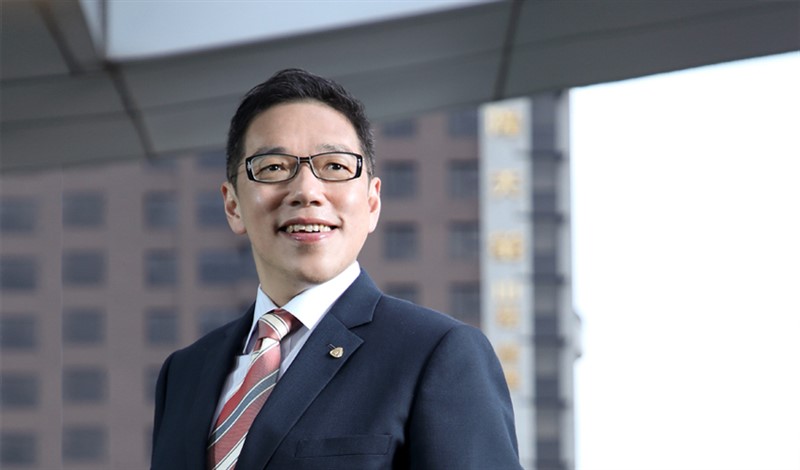Banker's Digest
2023.07
Connecting care with money will unleash the power of both

In March 2020, Living Platform Co., Ltd. was listed on the MOTHERS innovation board of the Tokyo Stock Exchange (TSE). Established in Sapporo, Hokkaido only in 2011, the company focuses on long-term care and services for the disabled. Through acquisitions and chain operations, it now owns over 100 institutions in Japan. After listing, it plans to continue expanding its market share with the momentum of the capital market, so that Japanese elderly and disabled can better access affordable, high-quality care. In addition to direct listings, the TSE also has a number of healthcare real estate investment trusts (J-REITs), which use the financial industry to help raise money to invest in medical and long-term care institutions through securitization. The individual or institutional investors are rewarded through asset leasing and other operating profits, allowing them to participate in provision of services for the elderly. Due to the market development vision, in addition to local Japanese investors, these institutions have attracted funds from not just in Japan, but from all over the world. For example, Living Platform carried out its acquisitions of facilities in multiple places using funds from a Singapore REIT (S-REIT). Two types of S-REITs are used for healthcare. In addition to investing in Singapore’s medical services, they also include markets such as Japan, Malaysia, and Indonesia, improving medical services in those markets while also creating returns for investors. In Taiwan, however, the connection between such capital markets and long-term care services still needs to be strengthened. In the past, Taiwanese REITs were based on trusts rather than funds, so they seldom considered industrial management characteristics, and mostly only focused on the value-added profits of the real estate itself. Today, the government is promoting legal revisions in line with international standards. In the future, fund-based REITs will be able to use hotels, long-term care institutions, and green energy facilities as hard assets, and profit maximization will no longer just be about asset appreciation. Of course, such developments will also test the professional judgment of financial personnel in different industries. For example, in a conversation with S-REITs about finding Japanese long-term investment targets, President Goto of Black Hills Asset Investment Company mentioned to me that among the nearly 10,000 long-term care institutions in Japan, less than 1% are worthy of capital market investment for transformation and acquisition. Finding suitable targets, providing funds, and improving their services is challenging. In fact, the global capital market has long noticed Taiwan’s needs in this regard. According to reports, this January, I Squared Capital (ISQ), a Wall Street infrastructure investment fund, invested in green energy, digital infrastructure, and long-term care in Kaohsiung. Interestingly, many life insurers in Taiwan have invested in this fund in search of steady income, so Taiwan’s surplus savings go in a circle before returning to fund infrastructure construction. Unfortunately, this round-trip process imposes management fees and exchange rate risks, and many local financial practitioners lose space for development and value added. Based on the development experience of Taiwan, from the early years of “orange markets” (柑仔店), it took capital investment to create the chain convenience stores that are ubiquitous today. Facing the advent of an aging society, the capital market will be an important way to promote high-quality long-term care services. As said by Wei-Jen Chu, founder of iLong-Term Care with nearly 20 years of experience in the industry: “Those who can do it have no money, while those who have money can’t do it.” By connecting care and funding, the capital market will create better long-term care infrastructure for an aging Taiwan.



